Portraits of Diversity: Spotlighting the International Iranian Community


A family of female elders elaborately embroider a wedding gown with the young bride already in it. A lone figure surveys a forking path towards mythological mountains. A gathering of covered women appear demure while under the table, their legs dance with abandon. A lonely, joyful spirit makes offerings to the flowery gods of spring. Industrial smokestacks frame the minarets of an ancient mosque. A dark, bloody folk children’s story is reimagined as a study in Caravaggio. An all-female percussion section make beats from tearing apart the fabric of their chadors. These simple portraits slowly reveal the impossibly complex inner lives behind the stares and smiles of their subjects.
In Los Angeles, a pair of recently mounted powerful exhibitions, “Focus Iran 2: Contemporary Photography and Video” (January 29–May 7, 2017) and “The (Un)draped Women” (February 10–18, 2017), examine the moment in contemporary Iranian art. While it’s tempting to regard this confluence as a cultural salvo or response to immediate political circumstances, it’s important to remember that both shows were in the works for many months, even years — and even more important to take note is that neither is a deliberately political exhibition, either in intent or result. In fact, while both exhibitions are indelibly tied to an Iranian heritage, the artists represented live and work all over the world, including many who are born and raised abroad and may have not yet traveled there — which is, because of the nation’s volatile history, actually quite a common experience for the international Iranian community.
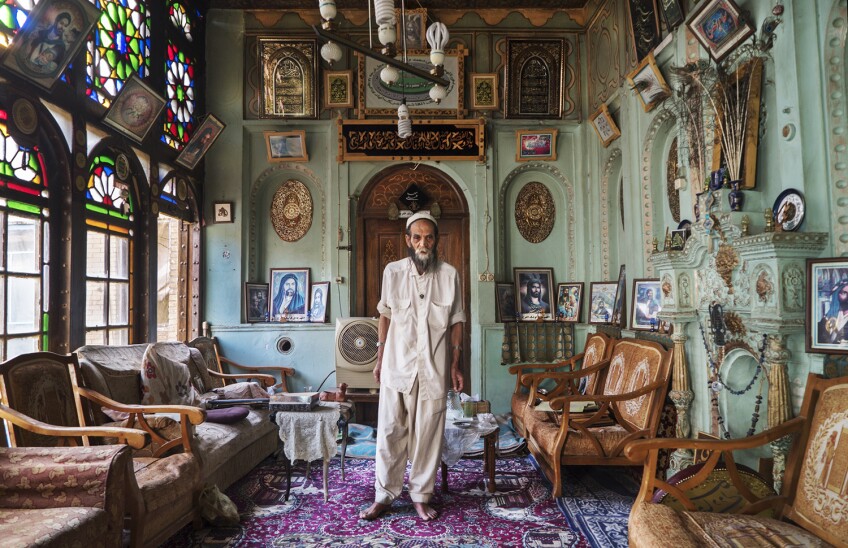
“Focus Iran 2: Contemporary Photography and Video” presented at the Craft & Folk Art Museum (CAFAM) by the Farhang Foundation, is the second biennial juried exhibition of works addressing Iranian culture and heritage in a regional and international context. Across town at the Arena 1 Gallery inside the Santa Monica Art Studios, “The (Un)draped Woman” presented a group of contemporary Iranian artists from Los Angeles working in painting, photography, video and mixed media, organized for the third year by Advocartsy, under the rubric of its Art Brief III series. Both exhibitions worked the same kind of magic, as they each in different ways managed to both explore and transcend a set of identity issues, spotlighting some common aesthetic threads and certain recurring narrative motifs, as they amply demonstrated that “Iranian art” is far from a monolithic construct. Aside from diversity of mediums, audiences witnessed surrealism, photojournalism, candid portraiture, digital images, handcrafted animation, sweeping landscapes, performance-based conceptualism, Pop, classical pictorialism, clever spectacle, poetic abstraction, envelope-pushing and nuance-whispering.
Both exhibitions included both established and emerging artists, pursuing unique individual relationships to art history, stylistic strategies, narrative and forms of storytelling that don’t belong exclusively to one culture or another. At the same time, both are replete with examples of aesthetic lexicons, cultural touchstones and varieties of social experience that are uniquely Iranian.
“Focus Iran” is a juried show of photography and video without a strict singular theme; whereas “The (Un)draped Woman” speaks directly to issues of gender both in historical prisms and contemporary realities that play out in the culture. But in truth, not only gender and religion, but also family, language, immigration, politics, shared traditions, folklore, environment and memory are all among the other factors that inform the work in these shows — no different than that which might inform the work of any artist, from anywhere. But these are not just any artists, and not from just anywhere — and these have made the choice to address these topics of identity and heritage directly in the form and content of the work they put into the world. That is a conversation they want to have, with all of us. By using their art practice as a narrative platform, sharing both the common and uncommon facets of their own human experience, they are inviting their audiences into their own personal worlds to make them less unknown, or put another way, to make it clear how familiar it all already is.
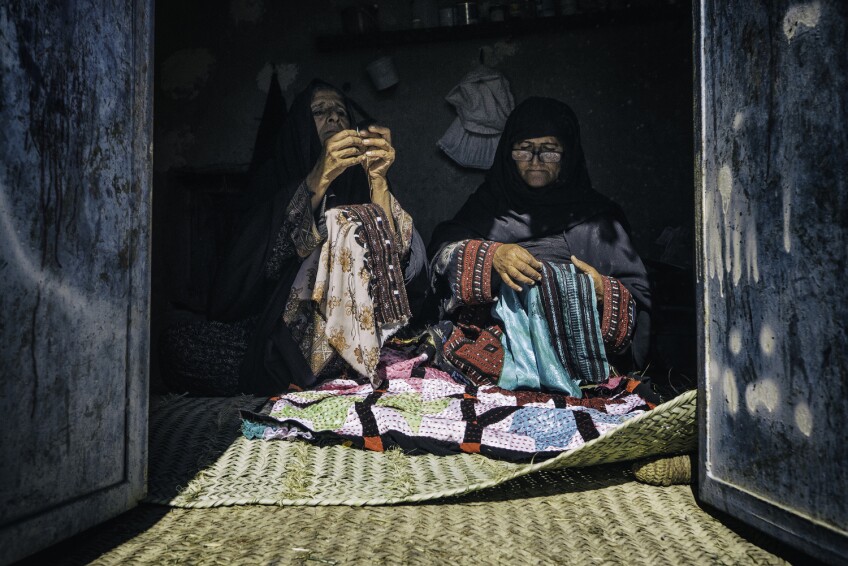
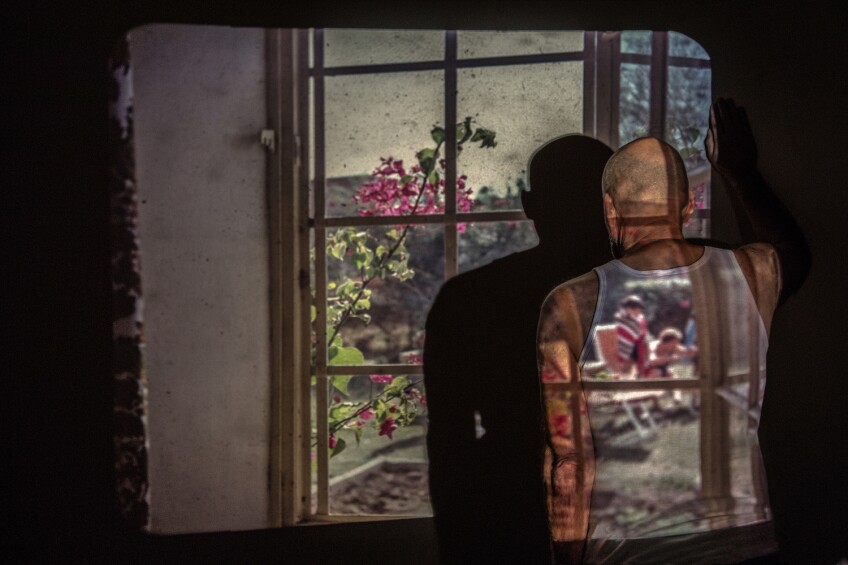
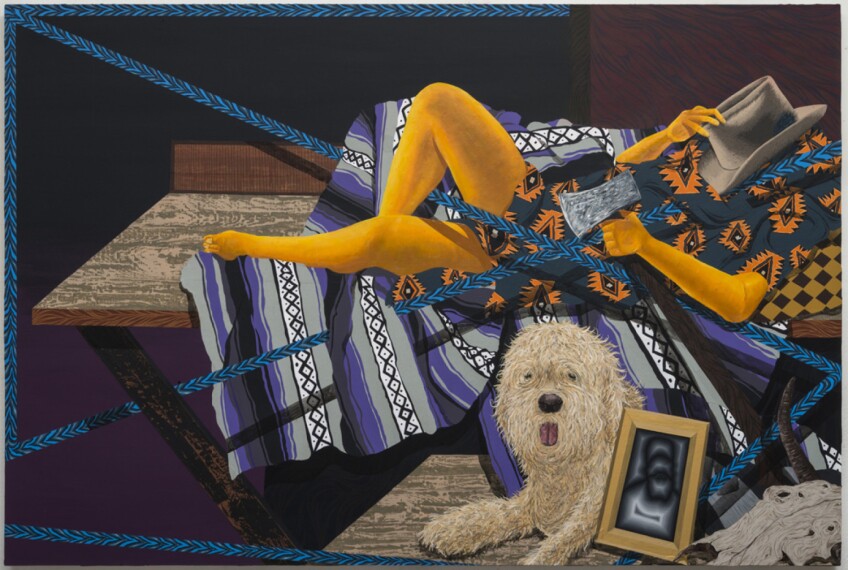
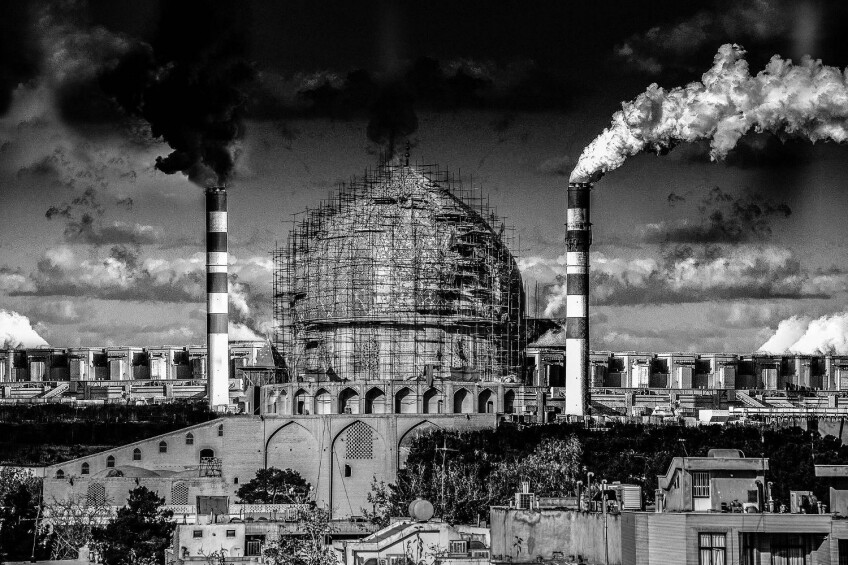
Top image: Sanaz Khosravi, "False Roots," 2016. Digital photograph. Courtesy of the artist.


